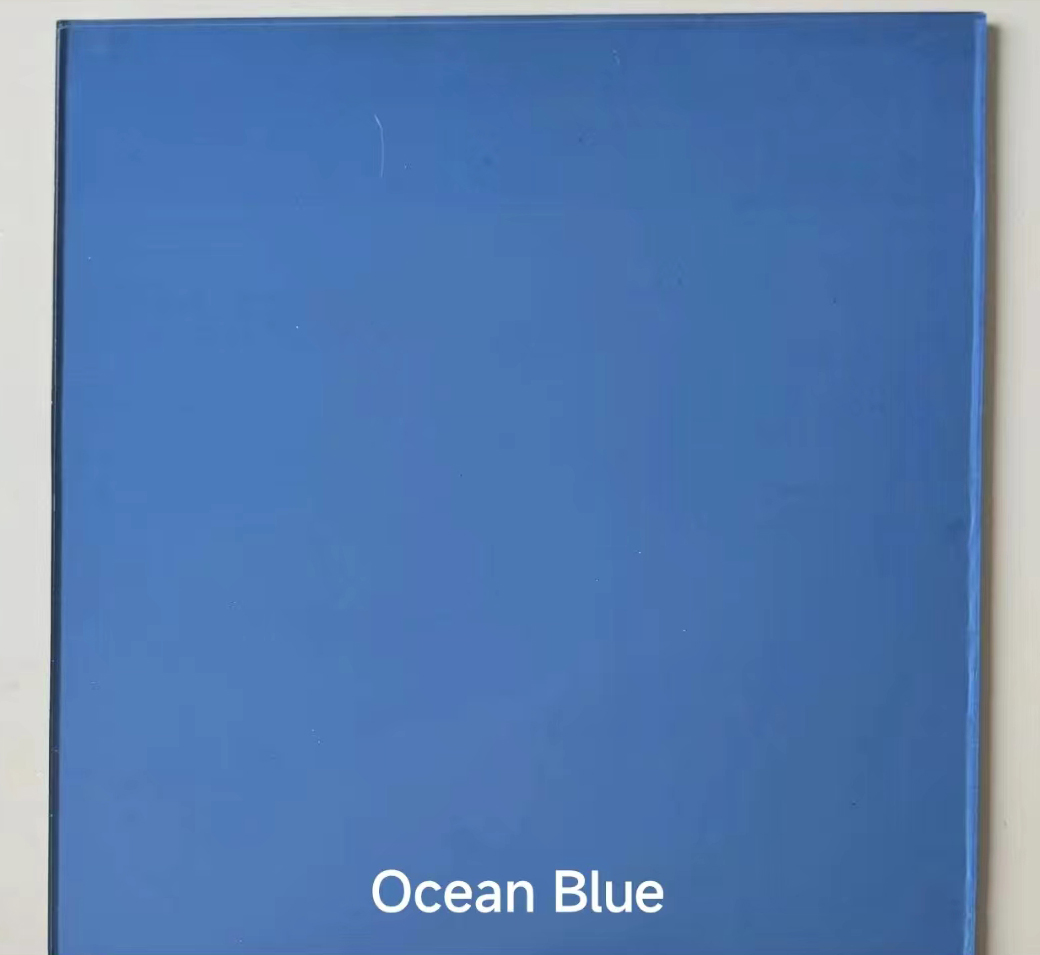

What is Float Glass Used For?
Float glass, a widely utilized material in construction and manufacturing, is recognized for its clarity, strength, and versatility. The term float refers to the process used to create this type of glass, whereby molten glass is floated on top of molten tin, resulting in a smooth, even thickness and a flawless surface. This unique manufacturing process is key to understanding the various applications of float glass. Below, we explore the multiple uses of float glass across different industries.
1. Architectural and Decorative Uses
One of the most significant applications of float glass is in architecture. It is a primary component in building windows, facades, and glass doors. The properties of float glass allow for large panels that can enhance natural lighting, creating brighter and more inviting spaces in homes and commercial buildings. Its clarity ensures unobstructed views while providing thermal insulation when treated with low-emissivity (low-E) coatings. Furthermore, float glass can be tempered or laminated for added strength and safety, making it ideal for high-rise buildings and public spaces.
In addition to structural uses, float glass also plays a vital role in interior design. It is used in mirrors, glass partitions, and various decorative elements, allowing for a modern aesthetic. The reflective quality of float glass enhances interior spaces, giving them a sense of openness and elegance.
2. Automotive Applications
Float glass is also integral to the automotive industry. Windshields, side windows, and sunroofs are commonly made from float glass due to its transparency and ability to provide UV protection. Tempered and laminated variants, which are essential for car safety, ensure that in the event of shattering, the glass breaks into tiny, less harmful pieces or stays intact. The use of float glass in vehicles improves aesthetics, provides thermal insulation, and reduces noise, thus enhancing comfort for passengers.
Float glass is increasingly used in furniture design—such as tables, shelves, and cabinets—due to its sleek, modern appeal. Glass tabletops can create an illusion of space in smaller areas while providing both durability and elegance. The ability to cut float glass into various shapes and sizes allows furniture designers to innovate and create unique pieces that blend functionality with artistic expression.

Home decor items, including picture frames and decorative panels, also leverage the properties of float glass. The clear finish of float glass enhances the displayed artwork while protecting it from dust and damage.
4. Industrial and Manufacturing Uses
Beyond architectural and decorative applications, float glass is widely used in various industrial settings. It serves as a crucial element in the production of solar panels, where its transparency is essential for maximizing solar energy absorption. Glass manufacturers also utilize float glass as a base material for producing a variety of specialized glass products, including optical glass and glass ceramics.
Additionally, float glass is commonly used in the manufacturing of electronic devices. Screens for televisions, smartphones, and computers often employ float glass due to its durability and optical clarity, making it the ideal choice for protective panels.
5. Art and Craft
Artists and crafters have also embraced float glass for its versatility. It can be cut, shaped, and colored to create unique art pieces and stained glass works. The smooth surface of float glass accommodates various artistic techniques, including etching and painting, enabling creators to explore their creativity.
Conclusion
In summary, float glass is a remarkable material with diverse applications across multiple sectors—including architecture, automotive, furniture design, industrial manufacturing, and art. Its unique properties, such as clarity, durability, and versatility, make it an indispensable component in modern design and technology. As innovations continue to evolve, the uses of float glass are likely to expand further, solidifying its role as a foundational material in our daily lives.